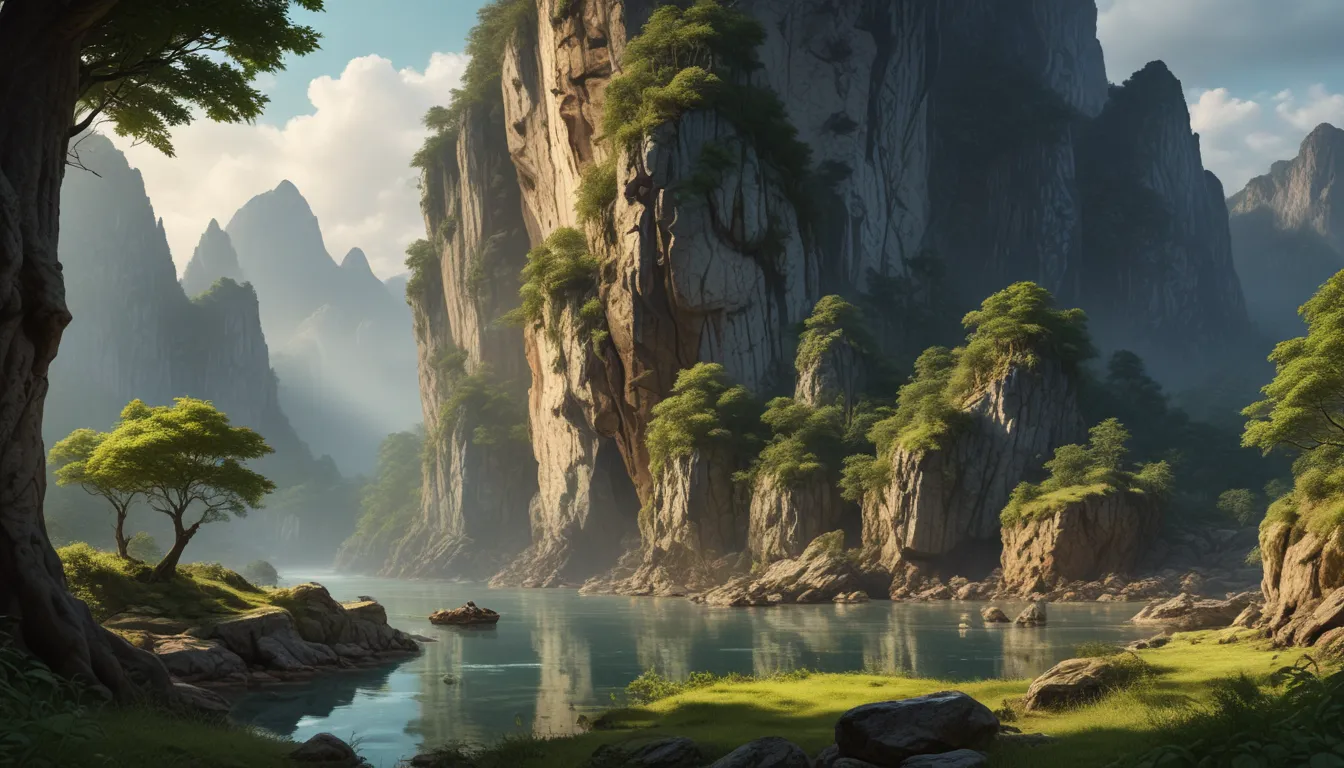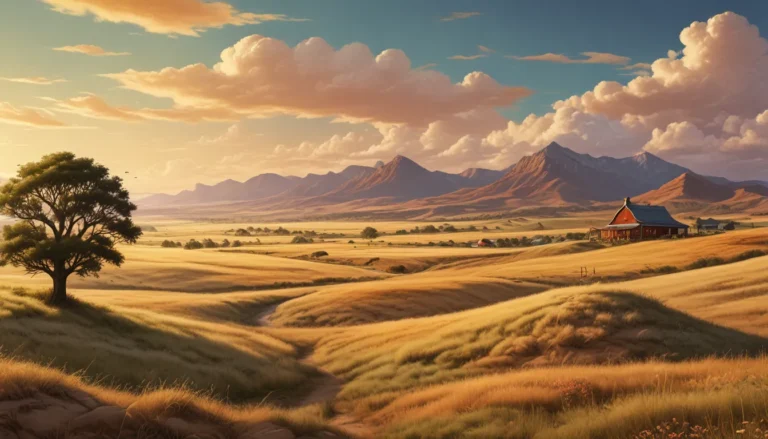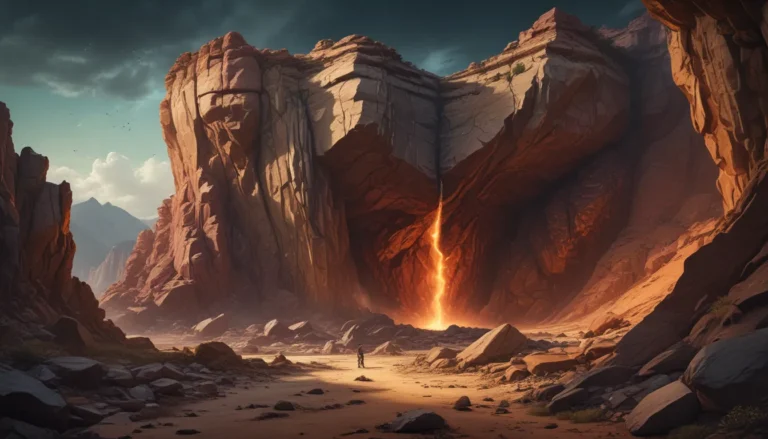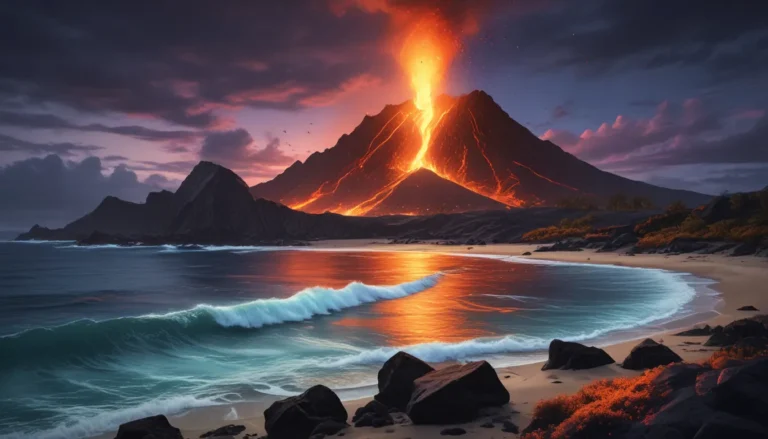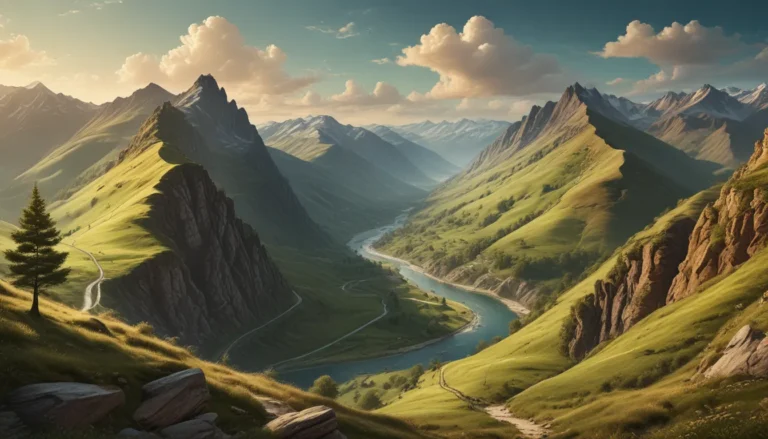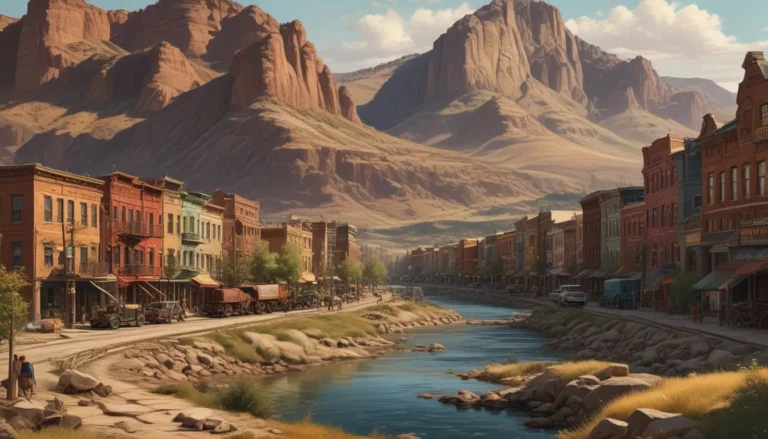A Note About Images: The images used in our articles are for illustration purposes only and may not exactly match the content. They are meant to engage readers, but the text should be relied upon for accurate information.
Karst landscapes hold a mystique that captures the imagination, showcasing nature’s remarkable ability to shape the Earth’s surface in unique and fascinating ways. Derived from the German word “karst,” these landscapes are characterized by their limestone formations, underground rivers, caves, and sinkholes. Join us on a journey into the depths of karst landscapes as we uncover nine intriguing facts about these geological wonders.
The Formation of Karst Landscapes
Karst landscapes are born from the dissolution of soluble rocks, such as limestone, dolomite, or gypsum, over thousands of years. Water plays a crucial role in this process, slowly eroding the rocks and creating distinctive features like sinkholes, caves, and underground rivers. This transformative process leads to the mesmerizing topography that defines karst landscapes.
Sinkholes: Nature’s Marvels
Sinkholes, also known as dolines, are common features of karst landscapes. These depressions form when the underlying limestone collapses, creating unique microhabitats for plants and animals. From small pits to massive craters, sinkholes add to the diverse and dynamic nature of karst landscapes.
The Enigmatic Cave Systems
Some of the world’s largest and most intricate cave systems can be found in karst landscapes. Formed through the dissolution of limestone or other soluble rocks, these caves boast stunning stalactites, stalagmites, and other geological formations. Exploring these underground wonders offers a glimpse into the hidden treasures of karst landscapes.
Underground Rivers and Springs
The porous nature of rocks in karst landscapes allows water to flow through underground channels, giving rise to underground rivers and springs. These natural features, including disappearing rivers and resurgences, add to the captivating beauty of karst landscapes. The intricate hydrological systems of these landscapes play a vital role in sustaining ecosystems and providing water resources.
A Global Phenomenon
Karst landscapes can be found on every continent, showcasing their widespread presence and geological diversity. While regions like China, Slovenia, and the Yucatán Peninsula in Mexico are famous for their karst features, these landscapes can be encountered in various corners of the world. From limestone cliffs in England to marble caves in Chile, karst landscapes offer a window into Earth’s geological history.
An Oasis for Groundwater Storage
Karst landscapes play a crucial role in groundwater storage and supply. The network of underground channels and cavities acts as reservoirs, allowing water to be stored and gradually released. This function is essential for sustaining ecosystems and providing water resources for human populations, underscoring the significance of karst landscapes in water management.
Biodiversity Hotspots
The diverse microhabitats within karst landscapes support a rich array of plant and animal species, contributing to their status as biodiversity hotspots. The unique ecosystems found in cave systems, sinkholes, and underground rivers harbor fauna and flora adapted to the challenging conditions of these environments. Exploring the biodiversity of karst landscapes unveils a world teeming with life and resilience.
Human History and Development
Despite the rugged terrain, human settlements have thrived in karst landscapes for centuries. Ancient civilizations strategically built their cities near reliable water sources provided by underground rivers. Today, modern communities leverage karst landscapes for tourism and agriculture, highlighting the enduring relationship between humans and these geological wonders.
Conservation and Preservation
Karst landscapes are not immune to environmental changes and human impact. Pollution, deforestation, and excessive groundwater extraction pose threats to these fragile ecosystems, emphasizing the need for conservation efforts. Understanding and appreciating the delicate balance of karst landscapes is essential for their long-term preservation and sustainable management.
Conclusion: Embracing the Wonders of Karst Landscapes
Karst landscapes offer a captivating blend of geological marvels, ecological significance, and historical relevance. Exploring these landscapes provides a window into Earth’s past and a reminder of the importance of protecting and cherishing our natural world. Whether you are an adventure seeker, a nature enthusiast, or simply curious about Earth’s wonders, karst landscapes beckon with their unique features and hidden treasures.
FAQs: Unveiling the Mysteries of Karst Landscapes
Was this page helpful?
Our commitment to delivering trustworthy and engaging content is reflected in each fact on our site, contributed by real users like you. Trust in our dedication to authenticity and quality as you delve into the fascinating world of karst landscapes.
